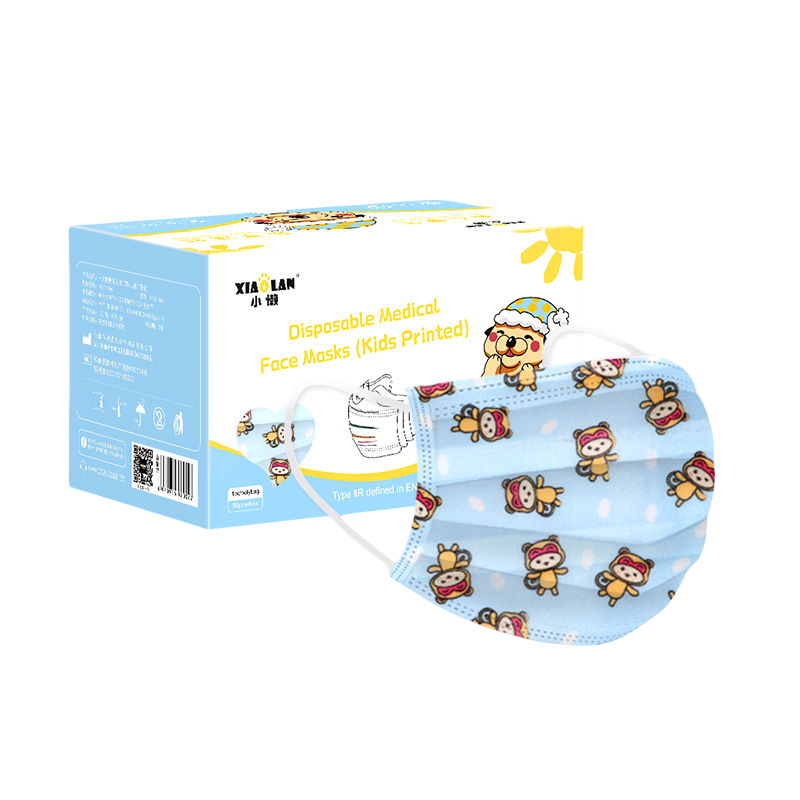When sourcing face masks internationally, buyers often encounter two terms: OEM and ODM. While both describe manufacturing models, they differ in how products are designed, customized, and produced. For companies planning to launch branded masks or expand product lines, understanding these terms is essential. This article explains the differences between OEM and ODM face mask production, the benefits of each, and how global buyers can decide which option suits their needs.
🔹 1. What Is OEM in Face Mask Production?
OEM stands for Original Equipment Manufacturer. In this model, the buyer provides product specifications, designs, or branding requirements, and the factory produces accordingly. For face masks, OEM typically means custom logo printing, private-label packaging, or specific material choices. OEM is ideal for companies that already have established product designs but need a reliable factory to bring them to life.
🔹 2. What Is ODM in Face Mask Production?
ODM stands for Original Design Manufacturer. Here, the factory handles product design and development, and the buyer simply chooses from ready-made solutions. In face masks, ODM might include pre-designed mask models, packaging styles, or even new filtration technologies. Buyers can then brand these products as their own. ODM is perfect for businesses entering the market without in-house design teams.
🔹 3. Key Differences Between OEM and ODM
The primary difference lies in control and flexibility:
-
OEM: Buyer controls design, supplier executes production.
-
ODM: Supplier designs, buyer selects and brands.
OEM offers maximum customization but requires detailed specifications. ODM is faster and easier but may have fewer options for unique branding.
🔹 4. Benefits of OEM for Global Buyers
OEM gives buyers more control over their products. They can specify filtration efficiency, mask dimensions, earloop styles, and packaging. This is especially important for companies targeting regulated markets like the EU or U.S., where compliance is critical. Working with an OEM face mask manufacturer ensures that the product reflects both safety standards and the buyer’s brand identity.
🔹 5. Benefits of ODM for Global Buyers
ODM allows buyers to save time and reduce development costs. Instead of spending months on design, they can select from the factory’s catalog. ODM is particularly useful for promotional campaigns, retail businesses, or emerging brands that need products quickly. A reliable ODM face mask supplier often updates their catalog with trendy designs and packaging to keep up with market demand.
🔹 6. Quality Control in Both Models
Whether OEM or ODM, quality assurance remains essential. Buyers should confirm that the factory follows ISO quality management standards, uses certified melt-blown cloth, and provides CE, FDA, or ASTM documentation. Product samples should be tested for comfort, breathability, and durability before confirming bulk orders.
🔹 7. Cost Considerations
OEM projects may cost more initially due to design setup fees, mold charges, or custom packaging requirements. However, the higher investment creates a unique product that can command stronger market value. ODM options, by contrast, are usually cheaper upfront, making them attractive for businesses testing new markets or running short-term campaigns.
🔹 8. Choosing Between OEM and ODM
The decision depends on business goals:
-
If you want full control, unique branding, and compliance with strict regulations → choose OEM.
-
If you need speed, convenience, and lower upfront investment → choose ODM.
Some factories offer both services, giving buyers the flexibility to switch as their business grows.
✅ Conclusion
Understanding the difference between OEM and ODM face mask production helps global buyers make smarter sourcing decisions. OEM offers customization and control, while ODM provides speed and cost savings. By selecting the right model—and working with a trusted manufacturer or supplier—buyers can secure high-quality products that align with both safety standards and branding goals.
















